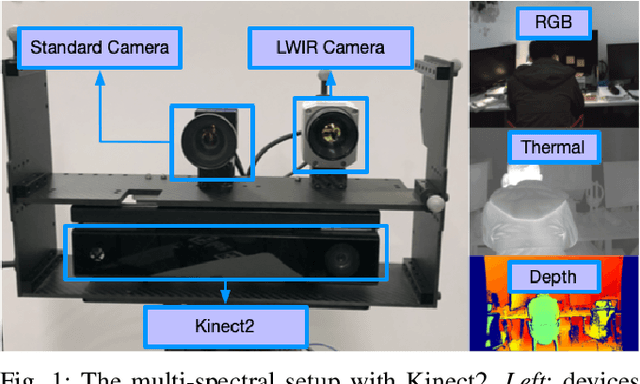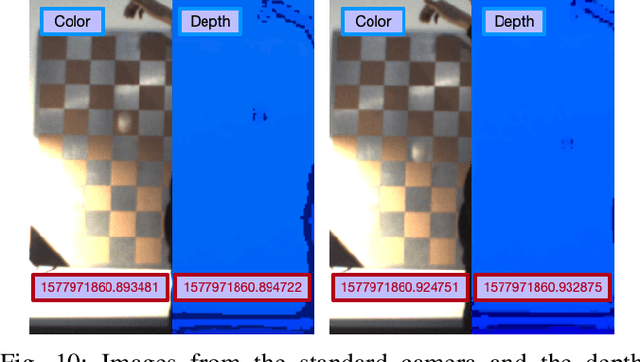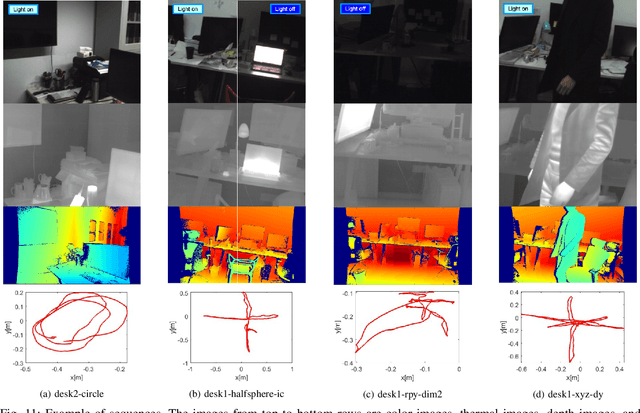Da Kong
Simplified POMDP Planning with an Alternative Observation Space and Formal Performance Guarantees
Oct 10, 2024



Abstract:Online planning under uncertainty in partially observable domains is an essential capability in robotics and AI. The partially observable Markov decision process (POMDP) is a mathematically principled framework for addressing decision-making problems in this challenging setting. However, finding an optimal solution for POMDPs is computationally expensive and is feasible only for small problems. In this work, we contribute a novel method to simplify POMDPs by switching to an alternative, more compact, observation space and simplified model to speedup planning with formal performance guarantees. We introduce the notion of belief tree topology, which encodes the levels and branches in the tree that use the original and alternative observation space and models. Each belief tree topology comes with its own policy space and planning performance. Our key contribution is to derive bounds between the optimal Q-function of the original POMDP and the simplified tree defined by a given topology with a corresponding simplified policy space. These bounds are then used as an adaptation mechanism between different tree topologies until the optimal action of the original POMDP can be determined. Further, we consider a specific instantiation of our framework, where the alternative observation space and model correspond to a setting where the state is fully observable. We evaluate our approach in simulation, considering exact and approximate POMDP solvers and demonstrating a significant speedup while preserving solution quality. We believe this work opens new exciting avenues for online POMDP planning with formal performance guarantees.
A Dataset for Evaluating Multi-spectral Motion Estimation Methods
Jul 01, 2020



Abstract:Visible images have been widely used for indoor motion estimation. Thermal images, in contrast, are more challenging to be used in motion estimation since they typically have lower resolution, less texture, and more noise. In this paper, a novel dataset for evaluating the performance of multi-spectral motion estimation systems is presented. The dataset includes both multi-spectral and dense depth images with accurate ground-truth camera poses provided by a motion capture system. All the sequences are recorded from a handheld multi-spectral device, which consists of a standard visible-light camera, a long-wave infrared camera, and a depth camera. The multi-spectral images, including both color and thermal images in full sensor resolution (640 $\times$ 480), are obtained from the hardware-synchronized standard and long-wave infrared camera at 32Hz. The depth images are captured by a Microsoft Kinect2 and can have benefits for learning cross-modalities stereo matching. In addition to the sequences with bright illumination, the dataset also contains scenes with dim or varying illumination. The full dataset, including both raw data and calibration data with detailed specifications of data format, is publicly available.
 Add to Chrome
Add to Chrome Add to Firefox
Add to Firefox Add to Edge
Add to Edge